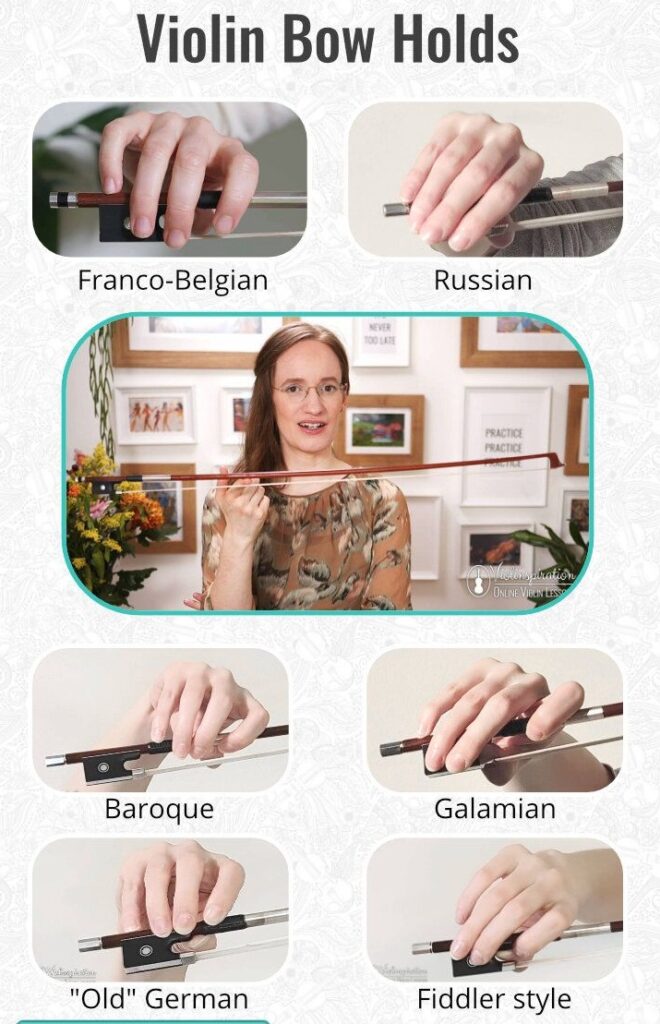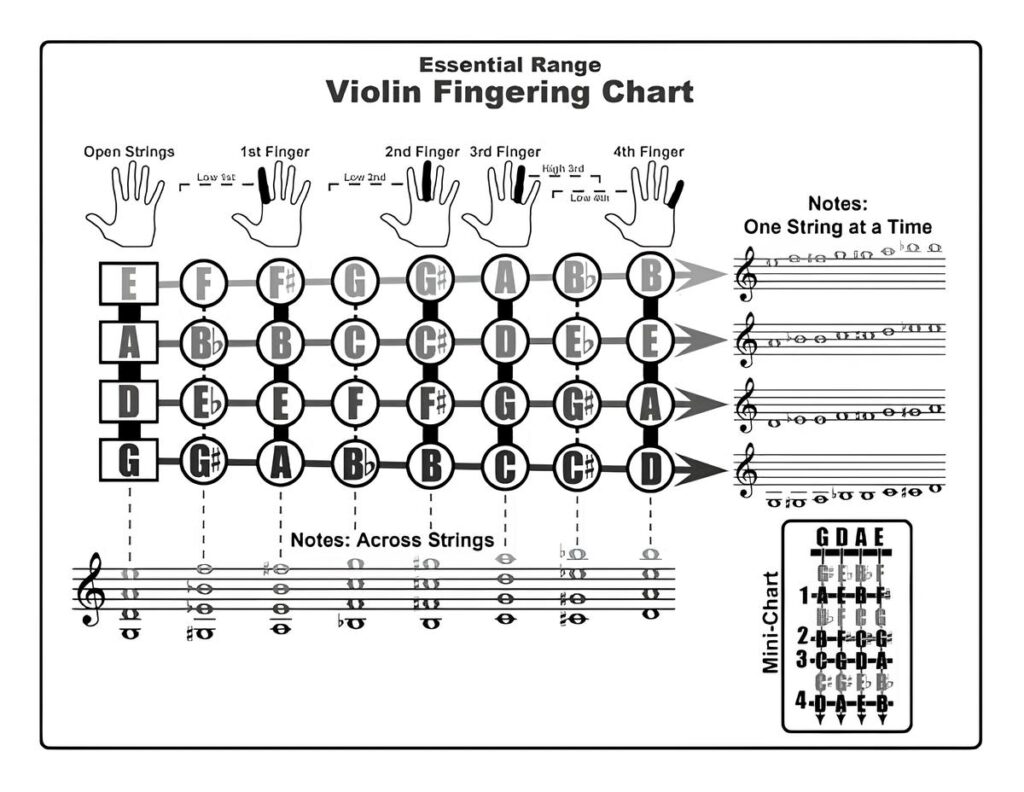Learning the violin is a journey that requires dedication, practice, and patience. While becoming a virtuoso in one year might be unrealistic, you can certainly achieve significant progress and play simple pieces confidently within a year. Here’s a structured, step-by-step guide to help you maximize your learning within 12 months.


Month 1-3: Laying the Foundation
1. Getting Started
- Choosing the Right Violin: Ensure your instrument fits you properly. Consider renting before buying.
- Violin Parts: Familiarize yourself with the parts of the violin and bow.
- Accessories: Get a shoulder rest and an electronic tuner.
2. Holding the Violin and Bow


- Posture: Stand or sit with a straight back and feet shoulder-width apart.
- Violin Position: Place the violin on your left shoulder, securing it with your chin.
- Left Hand Position: Support the neck with a relaxed hand; thumb opposite the first or second finger.
- Bow Grip: Hold the bow with a flexible but firm grip; thumb bent, fingers wrapped gently.
3. Basic Bowing Techniques
- Straight Bowing: Practice bowing parallel to the bridge for a consistent tone.
- Bow Distribution: Use the full bow for long notes and shorter sections for quicker notes.
4. Left-Hand Techniques
- Finger Placement: Use finger tapes as guides for correct placement.
- Basic Scales: Start with simple scales like C major and G major.
5. Tuning the Violin
- Pegs and Fine Tuners: Use pegs for major adjustments and fine tuners for minor ones.
- Electronic Tuner: Use a tuner or tuning app for accuracy.
Month 4-6: Building Technique
1. Intermediate Bowing Techniques
- Detache: Separate, smooth strokes for each note.
- Legato: Smooth, connected notes within a single bow stroke.
- Staccato: Short, detached notes.
2. Advanced Left-Hand Techniques
- Shifting: Practice moving between first and third positions.
- Finger Independence: Practice lifting and placing each finger independently.
3. More Complex Scales and Arpeggios
- Major and Minor Scales: Expand your scale practice to include all major and minor keys.
- Arpeggios: Practice arpeggios to improve finger agility and coordination.
4. Simple Repertoire
- Beginner Pieces: Start with simple songs and etudes.
- Reading Music: Continue developing your ability to read sheet music.
Month 7-9: Developing Musicality
1. Dynamics and Articulation
- Dynamics: Practice playing from pianissimo (very soft) to fortissimo (very loud).
- Articulation: Work on different articulations like spiccato (bouncing bow) and marcato (accented notes).
2. Playing in Higher Positions
- Third Position and Beyond: Learn to play in higher positions for a wider range of notes.
- Thumb Position: Practice thumb placement for stability and accuracy.
3. Vibrato Introduction
- Basic Vibrato: Start with slow, controlled wrist or arm movements to produce vibrato.
- Vibrato Practice: Integrate vibrato into simple pieces for added expressiveness.
4. Ensemble Playing
- Duets: Play simple duets with a teacher or fellow student to develop ensemble skills.
- Orchestra: Consider joining a beginner orchestra or ensemble for group playing experience.
Month 10-12: Refining Skills and Performance
1. Advanced Bowing Techniques
- Spiccato: Controlled bouncing of the bow for rapid, short notes.
- Colle: A pinching motion with the bow to create a sharp, articulate sound.
2. Mastering Shifting and Intonation
- Shifting Practice: Continue practicing shifts smoothly between positions.
- Intonation: Use a tuner or play along with a piano to ensure accurate pitch.
3. Preparing Repertoire for Performance
- Intermediate Pieces: Work on pieces that challenge your current skill level.
- Performance Practice: Simulate performance conditions to build confidence and stage presence.
4. Finalizing Technique
- Etudes: Focus on advanced etudes to refine your technical skills.
- Scale Mastery: Ensure you can play all major and minor scales fluently.


Conclusion
While learning the violin in one year is ambitious, setting realistic goals and following a structured practice plan can lead to impressive progress. Consistent practice, regular lessons, and a positive attitude are key to your success. Celebrate small victories along the way, and remember that each step you take brings you closer to mastering this beautiful instrument. Enjoy the journey, and keep playing!


- Mastering the E Chord: A Beginner’s Guide to Guitar Greatness
- The Allure of the White Falcon Guitar: A Timeless Icon
- Enchanted Chords: The Musical Magic of Taylor Swift
- Striking a Chord: The Power of Music in Our Lives
- The Ultimate Guide to Trumpet Fingering Chart

